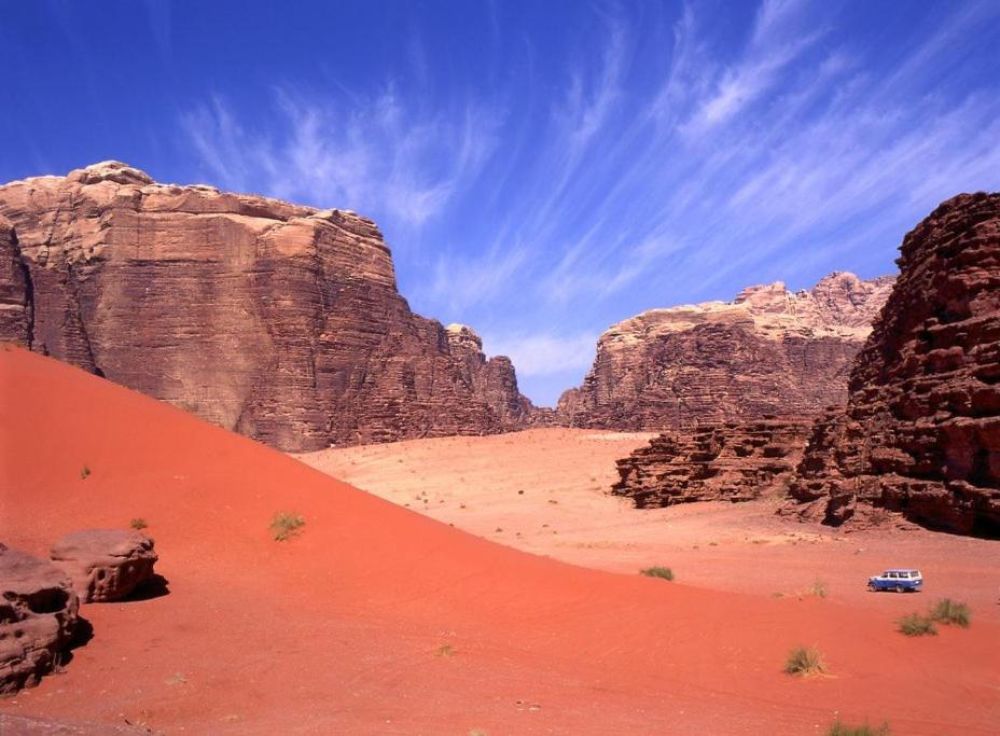

The enchanting landscape of Wadi Rum, also known as the Valley of the Moon, has attracted travelers for centuries. However, it wasn't until the early 20th century that Wadi Rum began to emerge as a tourism destination. The region gained prominence with the exploits of British officer T.E. Lawrence, known as "Lawrence of Arabia," during the Arab Revolt against the Ottoman Empire during World War I. His writings and the subsequent 1962 epic film based on his life, "Lawrence of Arabia," brought Wadi Rum to the attention of the wider world.
The Jordanian government, recognizing the potential of Wadi Rum's unique landscape, took steps to promote tourism and protect its heritage. In 1998, the region was designated as the Wadi Rum Protected Area, which helped to regulate development and encourage sustainable tourism practices.
Since then, tourism has flourished in Wadi Rum, with visitors drawn to its towering cliffs, narrow gorges, and vast red sand dunes. The Bedouin community, indigenous to the region, has played an integral role in this growth by offering authentic cultural experiences and guiding services to tourists.
Recent trends in tourism at Wadi Rum reflect a growing desire among travelers for immersive and sustainable experiences:
As tourism continues to evolve, Wadi Rum remains committed to protecting its natural and cultural assets. The challenge lies in balancing the needs of the tourism industry with the conservation of the desert's delicate ecosystem and the traditions of its people.
Whether drawn by its historical significance or the allure of its otherworldly landscapes, the Red Desert Sand Dunes of Wadi Rum continue to enchant and inspire visitors from around the globe.